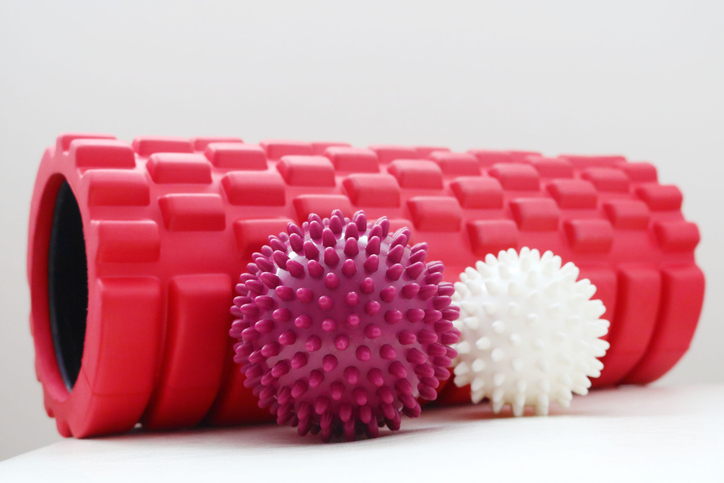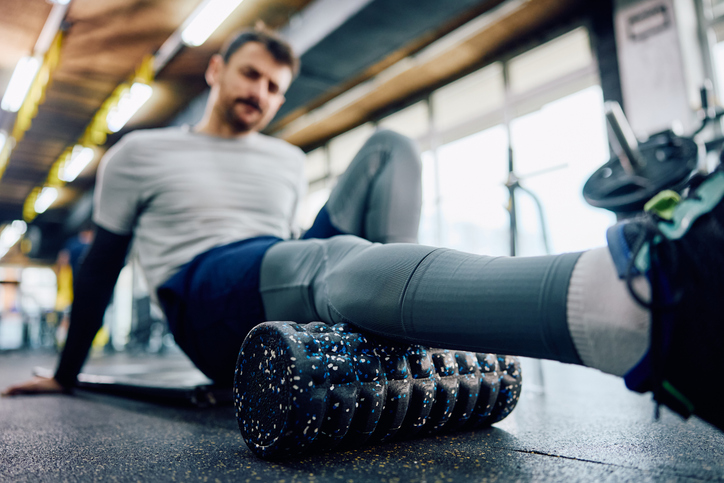Mental Health
Personal Tidbits
Hypermobility
It’s arguably the biggest tissue in your body, aside from your epidermis (your skin!). It’s under your skin, wrapping around your bones, your organs, everything. It’s like a web that connects everything and the main reason your body functions.
And yet…it’s still quite a mysterious for most Western medicine professionals.
However, for the more “woo-woo” side of thought? It’s a communication highway for energy.
There’s still so much to learn about fascia, but let’s go over what we know so far about this physical super-computer called fascia!
What Is Fascia, Really?
In the most obvious ways, it’s broken down into four main types of fascia:
-
Superficial Fascia – Just under your skin. It stores fat and allows skin to move.
-
Deep Fascia – Surrounds and penetrates muscles, tendons, ligaments. This one’s the star player in movement.
-
Visceral Fascia – Wraps organs and keeps them suspended in place.
-
Parietal Fascia – Lines body cavities and separates different organ systems.
It’s visible to the naked eye and most doctors (that know it exists) recognizes it plays a role in proprioception, transmits pain in real-time, and even communicates with the brain how your body is feeling at any given moment. It’s also connective tissue, which is what hypermobile bodies struggle with the most.

Fascia + Hypermobility: What You Need to Know
While hypermobility is more of an umbrella term for Hypermobile Spectrum Disorder, Ehlers Danlos Syndrome, Joint Hypermobility, Marfan Syndrome, etc., they all have one thing in common: their connective tissue can be lazier than a fat cat in a sunspot on the couch. It’s all a spectrum, so maybe you have elbows a bit too bendy. On the other side, you dislocate joints reaching for the cereal and your skin can pull away from your body by countable inches.
However, it goes beyond just being wet-noodle-like flexible—fascia is the road map for emotions and physical responses.. But when you have a connective tissue disorder, the roads on the road map can be metaphorically slipper or muddy, making it harder for messages to get across.
Fascia isn’t just structural — it’s loaded with nerve endings:
-
Mechanoreceptors (for pressure/stretch)
-
Proprioceptors (for body awareness)
-
Nociceptors (pain sensors)
-
Interoceptors (sensing what’s happening inside the body)
This makes fascia one of the most sensory-rich tissues in the body, capable of sending and receiving signals constantly — not just physically but emotionally, too. However, when your fascia is blocked up by stress (it tends to tighten up when cortisol levels are high), those messages run into road blocks.
It’s why hypermobile people have higher stress levels, higher pain thresholds, unexplainable pain like fibromyalgia, run into things, etc. Your fascia just needs to chill (easier said than done lol).
As a result, hypermobile people will have fascia that can be both bendy and too tense to work properly. You gain knots, which cut off blood flow and affect the way muscles and tendons work. Insert pain and injuries here! Not to mention running into those pesky doors and corners all the time!
What Fascia and The Meridian Network Have In Common
Here’s where Eastern Medicine and Western Medicine meet: fascia and Meridian lines have been shown to line up under MRI testing! What are Meridian lines? This is what Traditional Chinese Medicine call the networks where Qi, a.k.a prana, a.k.a energy, moves through the body! Oh, and acupuncture? Yeah, that’s samesies, too.
How cool is that!
While this blog isn’t the place to dive into Traditional Chinese Medicine, or acupuncture for that matter, it’s really interesting to contemplate how science and “the woo-woo” meet in the middle.
Supporting Your Fascia
You might feel like there’s nothing to be done—you have a connective tissue disorder, after all!
Never fear! There are still things to be done!
Drink Water
Alright, you dehydrated cucumber—drink up! It’s been shown that the more hydrated you are, the happier your fascia is. That’s probably a good explanation why anxiety and dehydration goes hand-in-hand!
Move Around
And I don’t mean switches sides in the bed. In order to keep your fascia healthy, strong, and flexible, you need to get that tushy moving in different ways. If you’re hypermobile, you have no choice but to do resistance training. Our bodies are “use it or lose it” more than most other bodies, so you need to keep your muscles strong so the fascia and tendons aren’t forced to do all of the literal heavy lifting.
So yes, do some yoga! Do isometric workouts. Lift weights or use resistance bands. It’s all important!

Self-Massage and Foam Rolling Release
It can be expensive to have a disability and hypermobility is no different. However, getting typical foam rollers and hand-held foam rollers will change your life. You can also use tennis balls to apply concentrated pressure onto knots and tight sections of muscle.
Never ever use foam rollers, tools, or any kind of balls directly onto joints.
Breath Work
My least favorite and one of the most necessary. Doing breath work regularly can help regulate your nervous system, which in turns relaxes your fascia thanks to cortisol levels dropping and muscles softening.
Final Thoughts
When I started learning about fascia months ago, I didn’t know what it was. I certainly had no idea what it did for the body! Now that I know there’s this communication system under my skin, communicating every moment and vibe…it makes me want to take breath work more seriously.
There’s still so much for professionals to learn about the connection between fascia and hypermobility, but I hope this has helped you gain a better understanding of how your own body works!
The Relationship Between Fascia And Hypermobility

Back To The Blog